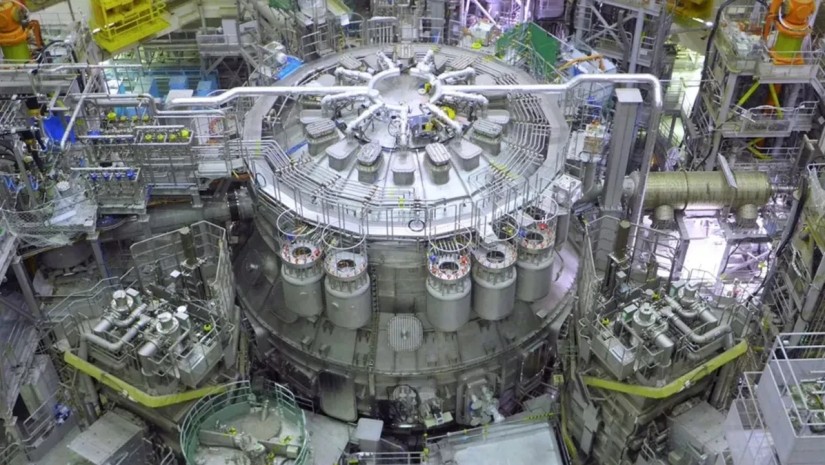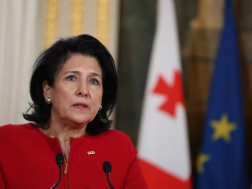The largest and most advanced nuclear fusion reactor, "JT-60SA," has commenced its official operations in Japan's Ibaraki Prefecture, Interesting Engineering reports.
This technological innovation represents a collaborative initiative between the European Union and Japan to establish nuclear fusion as a future sustainable and clean energy source.
During the inauguration ceremony, both the EU and Japan "underlined their support for the operation and technical upgrades of JT-60SA to continue producing groundbreaking research results," mentioned the press release from the European Commission for Energy.
JT-60SA belongs to the category of "tokamak-type fusion reactors."
Fusion reactions occur within a doughnut-shaped chamber, and magnetic fields are employed to confine the extremely hot plasma.
The tokamak design is extensively studied and commonly used to achieve controlled fusion reactions on Earth.
This experimental reactor is particularly built to raise the temperature of the plasma to an incredible 200 million degrees Celsius and keep it there for only 100 seconds.
This duration significantly surpasses the capabilities of previous large tokamaks. This long operational duration is highly beneficial to researchers since it allows them to investigate the subtle components of enhancing plasma stability and performance.
For Information: The development and functioning of JT-60SA is the outcome of a collaboration involving over 500 scientists and engineers, along with the participation of more than 70 companies from both Europe and Japan.
















